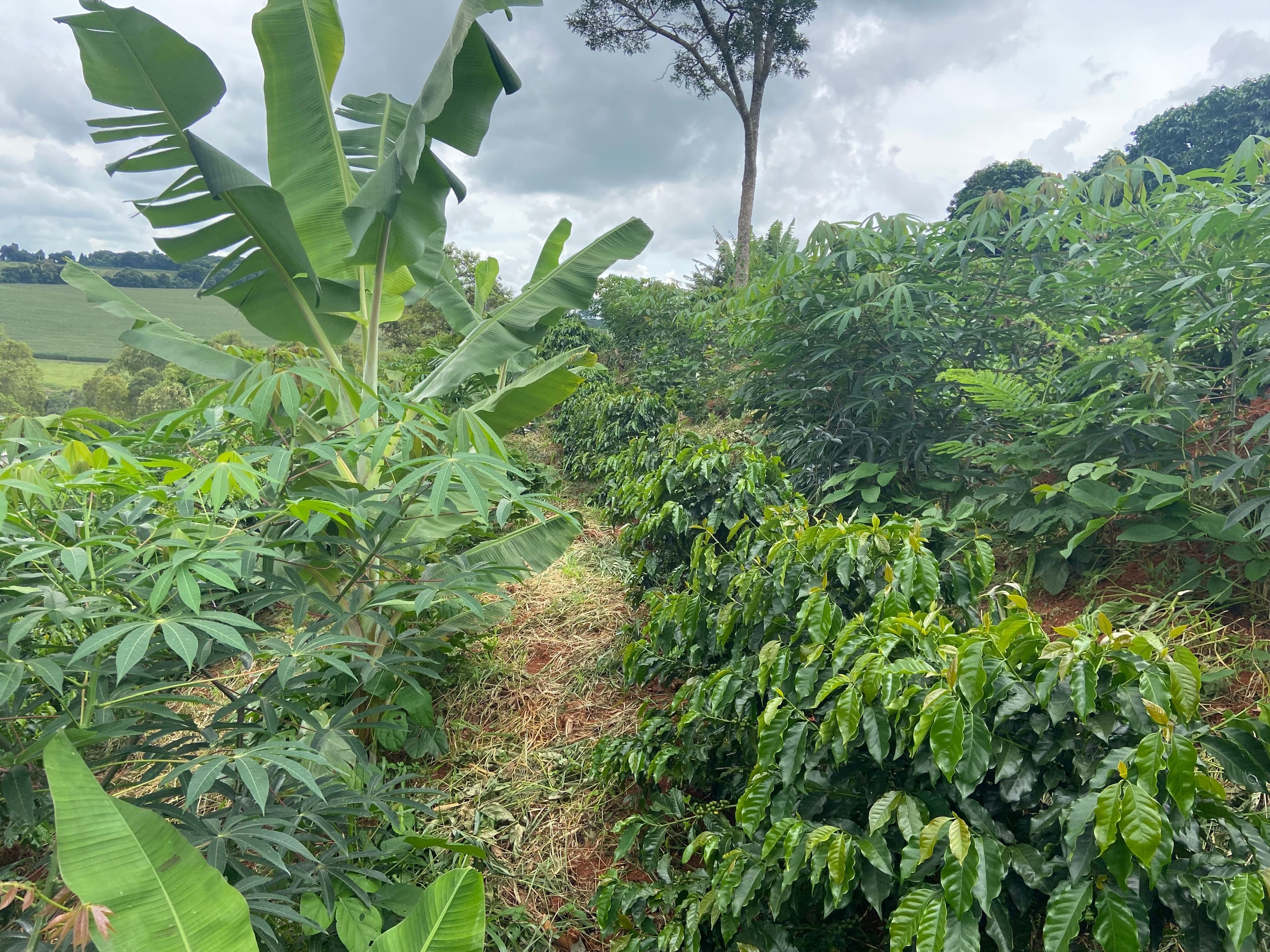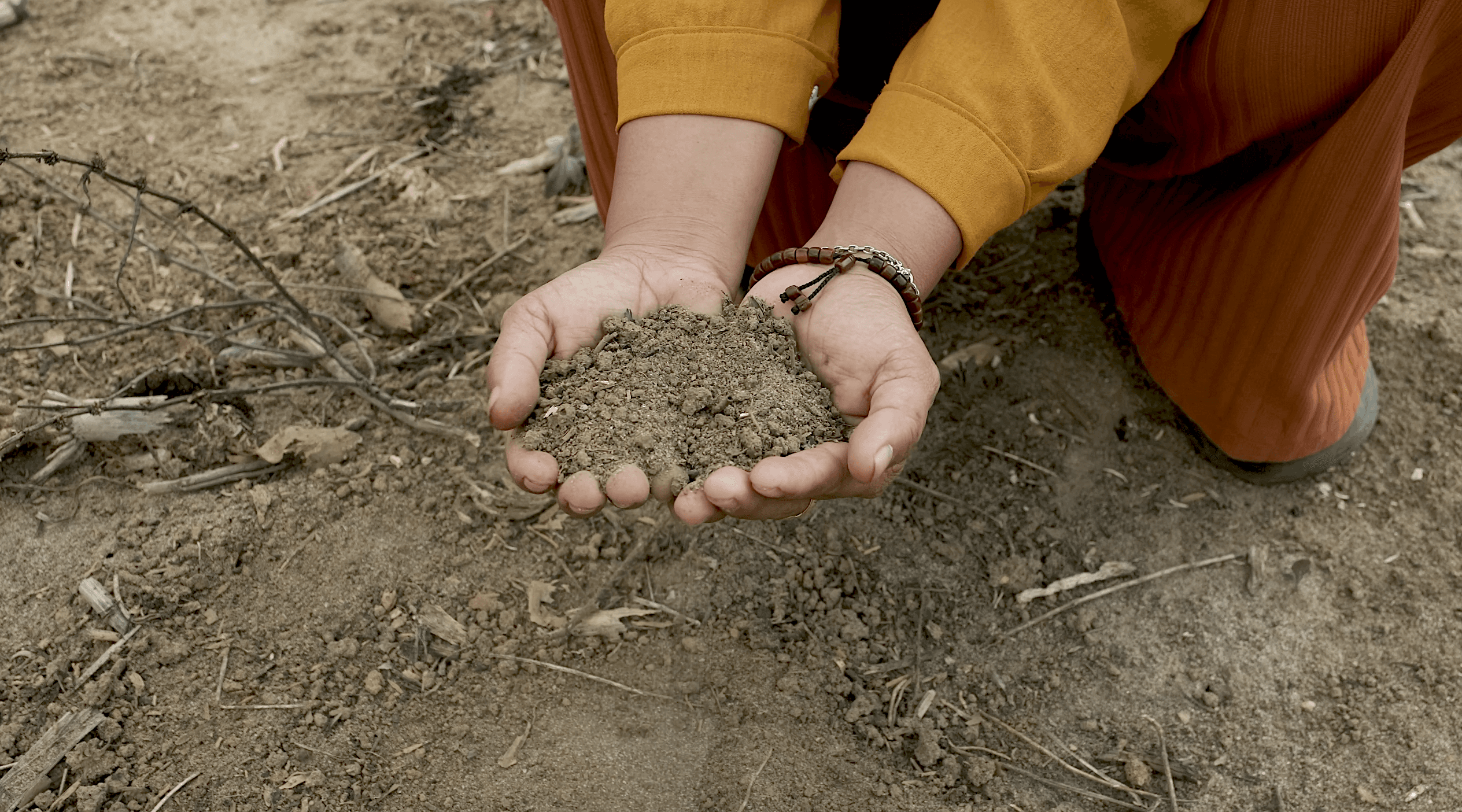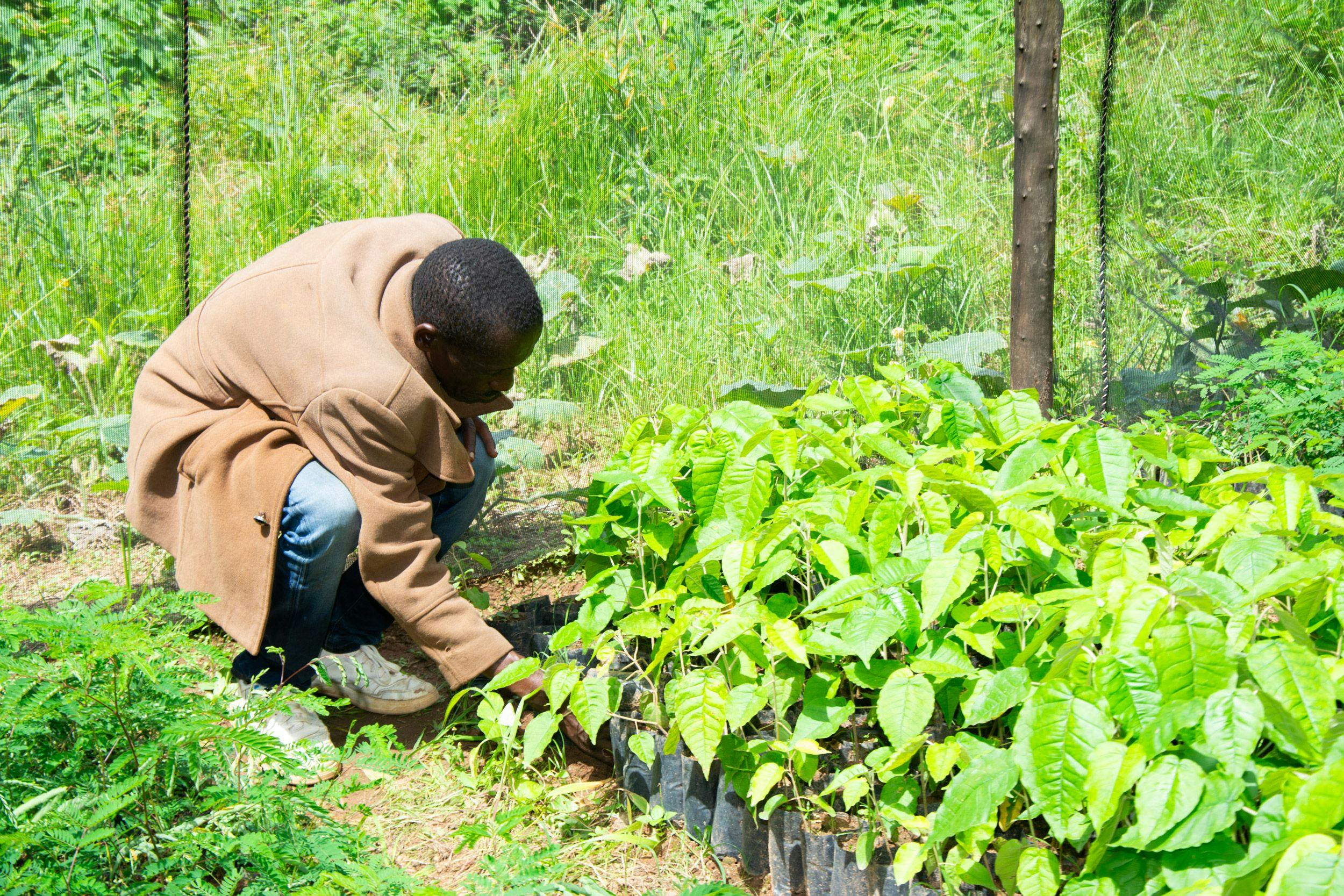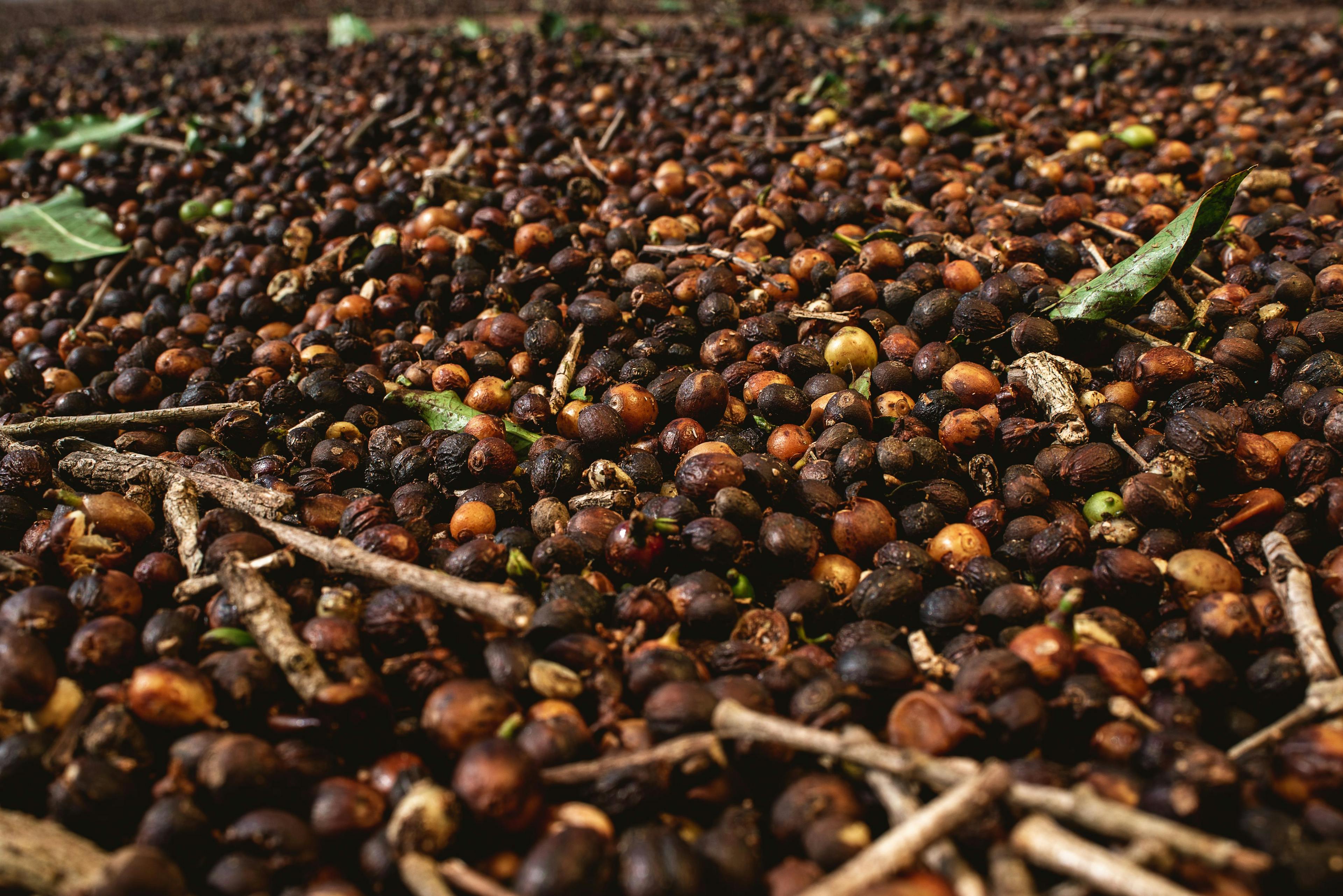Building a Circular Economy in Coffee Production: Reusing and Recycling Organic Waste in Brazil
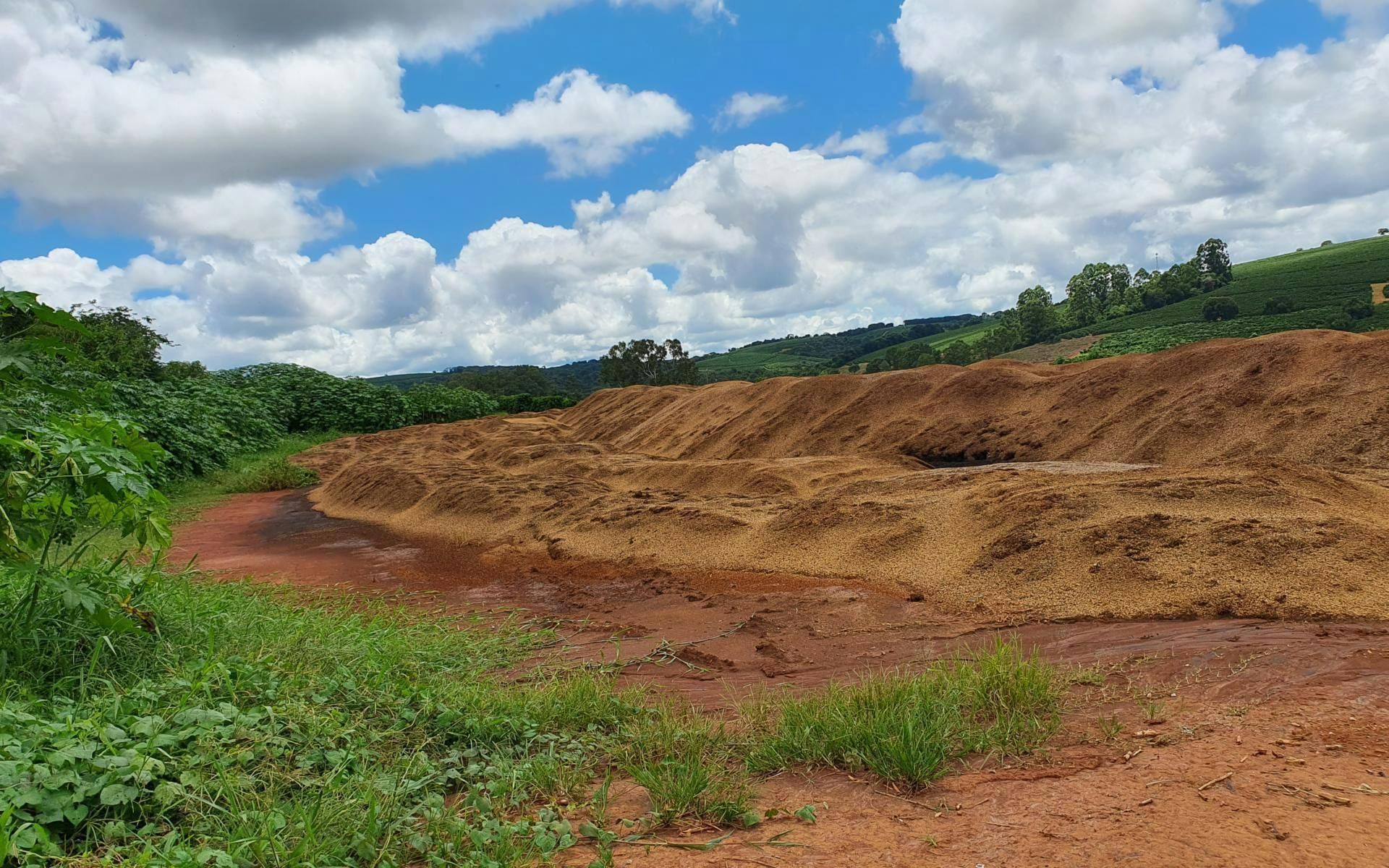
Arlindo de Lelis and his son, José, are smallholder coffee farmers from the community of Fagundes. Located in the south-eastern state of Minas Gerais, Brazil, this region is surrounded by mountain trails, large areas of fertile land, and a great percentage of the country’s coffee plantations. Known as the world’s largest producer, Brazil is recognized for producing about a third of the world’s coffee.
“As the sun begins to rise over our green, fertile, 5 ha coffee farm, I’m already making my way through the coffee plants, interested to see how they are performing”, explains Arlindo, with a joyful, proud tone, describing his daily routines in the coffee fields. “I’ve been doing so for the last 20 years. Just recently, José started overseeing the coffee growing process, which I am very grateful for”. Although they were managing their coffee farm quite well, Arlindo and José overlooked one very important element that could significantly improve their yields and contribute to environmental protection: reusing organic waste. Just like the de Lelis family, many farmers and farmer organizations that process coffee in the region, are overlooking coffee residues, not recognizing the power of reusing organic waste.
Arlindo and José de Lelis in their 5 ha coffee farm, located in Fagundes, Minas Gerais


To release these potentials, Hanns R. Neumann Stiftung (HRNS), in partnership with Melitta Group and The University of Lavras (UFLA), are aiming to implement a circular economy approach with a project in southeastern Brazil. The project “Back to the Roots” is identifying possibilities to reuse and recycle waste from coffee production and transform organic waste into valuable raw materials for further productive processes.
Organic waste in coffee production is a multi-talent. When used efficiently, it enhances the productivity of coffee farms, it can help reduce the use of agrochemicals, protects natural resources, and ultimately, opens new business opportunities for smallholder farming families. The potential to reuse coffee pulp, wastewater from the pulping process, organic waste from pruning and other field activities among others, is completely underestimated.
The 3-year project, “Back to the Roots – creating value by making coffee production more circular” aims to change that. It began at the end of 2020 and is being implemented in the municipality of Santo Antônio do Amparo, in Minas Gerais, Brazil. By the end of 2023, 200 smallholder farming families will be reached. The project unites relevant stakeholders in coffee production such as smallholder families, farmer organizations, the regional HRNS office, a Melitta roastery, civil society and a university.
“Back to the Roots” project in Santo Antônio do Amparo, Minas Gerais, Brazil


“When we first took part in the project, my son and I participated in sensitization trainings to learn more about the concept of a circular economy and some of the benefits involved in using organic waste such as saving money in coffee production, increasing yields, and improving coffee quality”, explained Arlindo. Apart from their coffee farm, Arlindo and José own a small processing unit where they clean and dry green coffee for other farmers in their community. This process generates large amounts of organic waste called coffee husk, which comprises the external parts of the coffee cherry. It contains a diversity of plant nutrients such as nitrogen, phosphorus, and potassium, but is generally under looked by farmers because of lack of information.
When asked about reusing and recycling waste from coffee production in their farm, Arlindo recalls applying only small amounts of this husk back into his coffee plants and discarding the rest. “I am aware that there are benefits and ways to reuse waste products such as coffee husk. However, because we’ve never had proper orientation on how to reuse them and how to properly treat them, we’ve simply thrown everything away”, says José.
As part of the key project activities of “Back to the Roots”, smallholder farmers learn about the benefits of reusing organic waste and are introduced to three recycling processes that convert waste from coffee processing into organic matter. The results are three products that can be used for further productive processes: organic compost, bokashi and biochar.
Organic Compost
Organic Compost
Organic compost is made by mixing coffee husk, manure, and water, until the temperature of the mixture reaches 60°C. This product can take up to 4 months to be ready to apply. Potassium and nitrogen found in coffee husk and manure, make organic composts an ideal, balanced fertilizer that is placed on the surface of the soil. Over time, the application and incorporation of organic compost can result in an increase in stable soil organic matter. Main benefits include; reduced soil erosion, improved water infiltration and soil aeration, accelerated decomposition of soil minerals over time, and enhanced soil microbial biodiversity which can help in the suppression of diseases and pests.
Coffee husk used to create organic compost

Coffee husk about to be mixed with manure and water

Organic compost ready to be applied to coffee plants

Bokashi
The difference between organic compost and bokashi is the environment and breakdown method used for composting. Contrary to organic compost which uses decomposition to break down organic waste, bokashi uses fermentation. To create bokashi, microorganisms and sugar, purposed to ignite the microorganisms’ activities, are added into the mixture used to create organic compost: coffee husk, manure, and water. The addition of microorganisms and sugar, accelerate the process of decomposition needed for it to be ready to apply, making bokashi a much faster compost and fertilizer to create (2 months). Bokashi is also applied to the surface of the soil, containing significant levels of nitrogen, phosphorus, and potassium. Because bokashi is created under a tarp in anaerobic conditions, it requires close monitoring.
Bokashi being prepared under a tarp, in anaerobic conditions

Bokashi ready to be applied

Bokashi applied to coffee plants

Biochar
Biochar is a charcoal-like substance obtained by the burning of organic waste under oxygen-restricted conditions. Simply put, it is carbonized organic matter that can be produced using different thermochemical conversion technologies.
Biochar is applied on the surface of the soil as a fertilizer to improve soil functions, enhance water holding capacity and reduce land degradation. Because of its high levels of potassium, biochar is used as an organic substitute, replacing chemical fertilizers used to provide the soil and coffee plant with sufficient potassium. Biochar can also be added to organic compost and bokashi to increase the levels of carbon in the mixture. In the long-term, biochar contributes to climate change mitigation and adaptation. When produced in large amounts, biochar can have impressive carbon sequestration properties. By being applied and stored in the soil for hundreds of years, it stores carbon dioxide from the atmosphere.
Biochar being dried after thermochemical conversion

Dried biochar, ready to be applied

Biochar applied to coffee plants

Reusing and Recycling Organic Waste
As trainings advanced, Arlindo and José continued to learn about the benefits of using organic matter and started saving the organic waste from their farm. Because they were just beginning to learn about the processes of reusing organic matter, creating organic compost as a first step felt suitable.
With the support of project technicians and waste management experts from UFLA, Arlindo and José were taught how to mix coffee husk, and cattle manure to produce their own organic compost. To date, they have produced more than 3 tons of organic compost which they will apply in the following weeks for their upcoming harvest.
“Arlindo and José are one of the many smallholder families participating in “Back to the Roots” and reusing organic waste in their farms”, explains Silvia Torres, the local project coordinator of HRNS. “They are beginning to use one out of numerous possible products that can be made by reusing and recycling waste from coffee production”. As the project advances, more ways to reuse and recycle organic waste from coffee production will be identified, and more smallholders will be trained on how to properly use them. “The team is hopeful that the circular economy approach can be replicated and applied in other producing areas of coffee countries”, Silvia explains.
Organic compost created by Arlindo and José de Lelis


